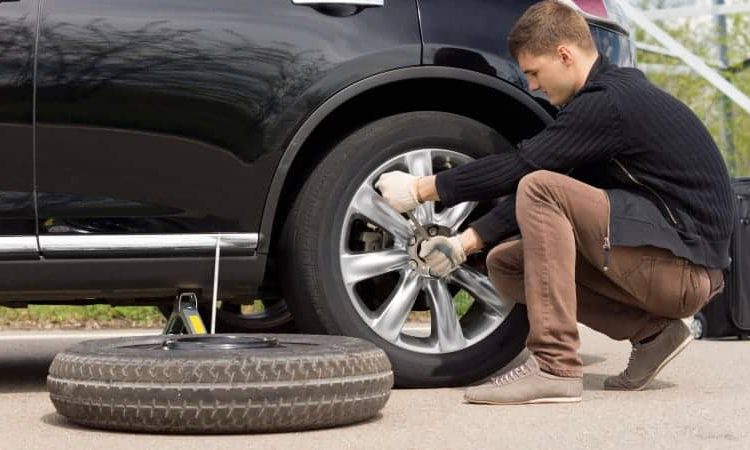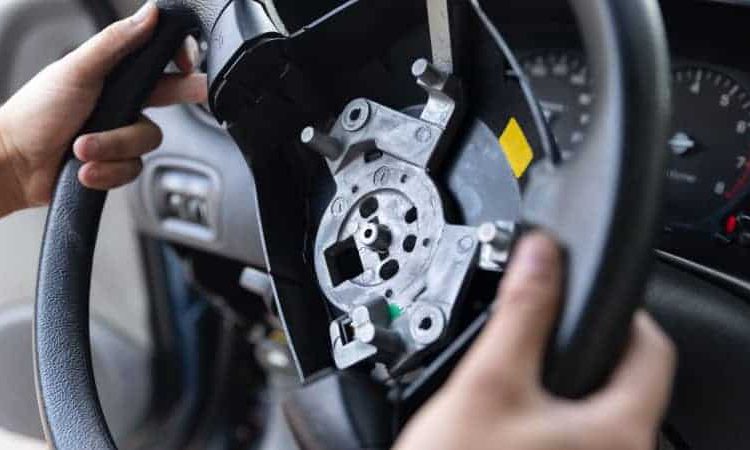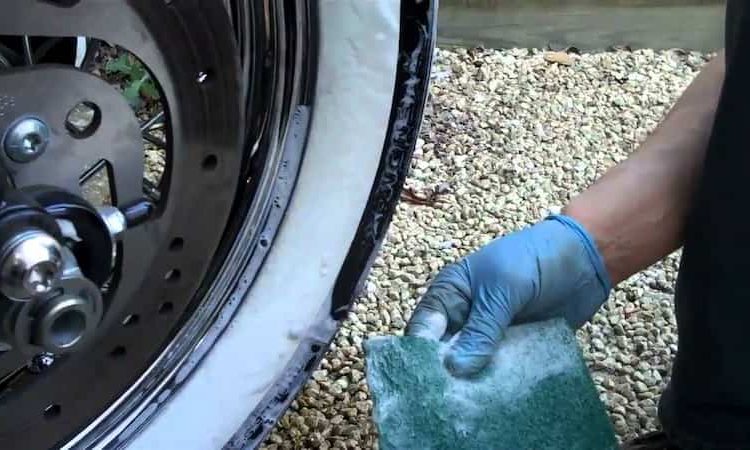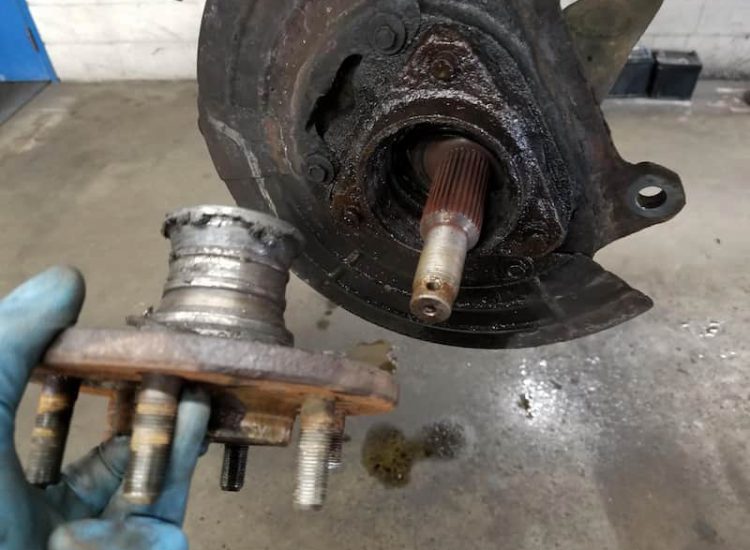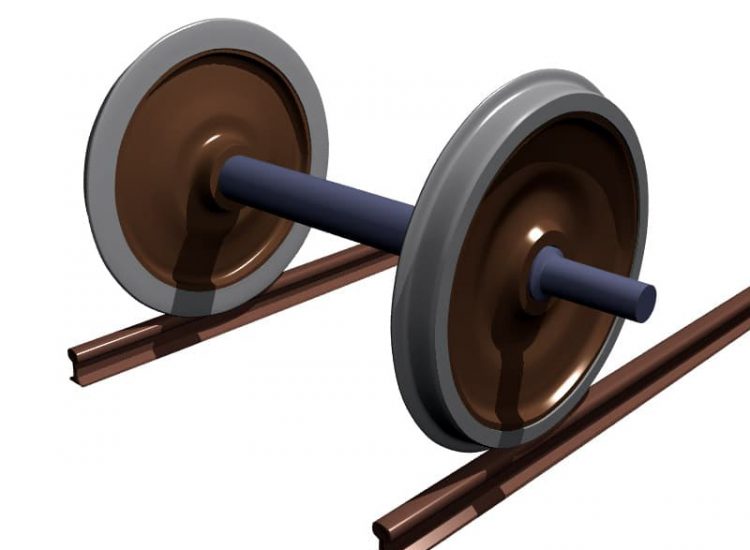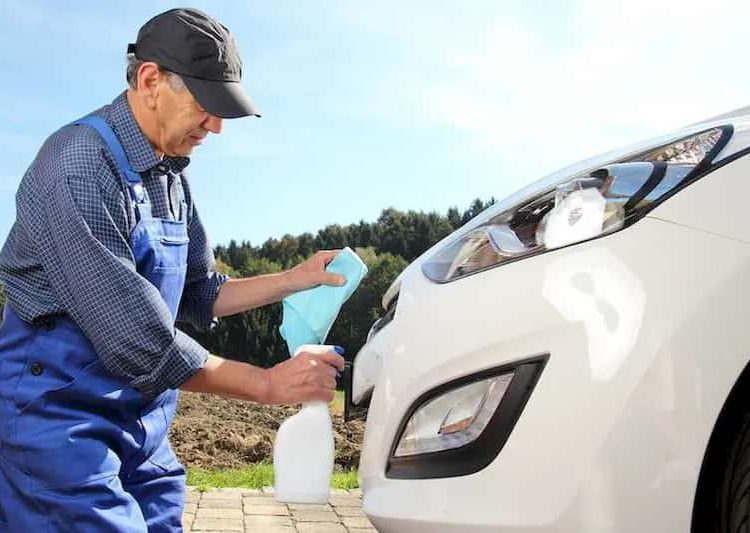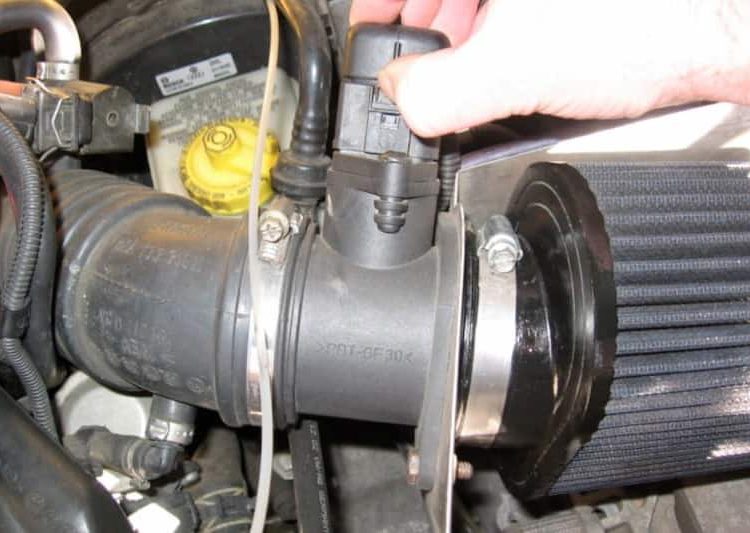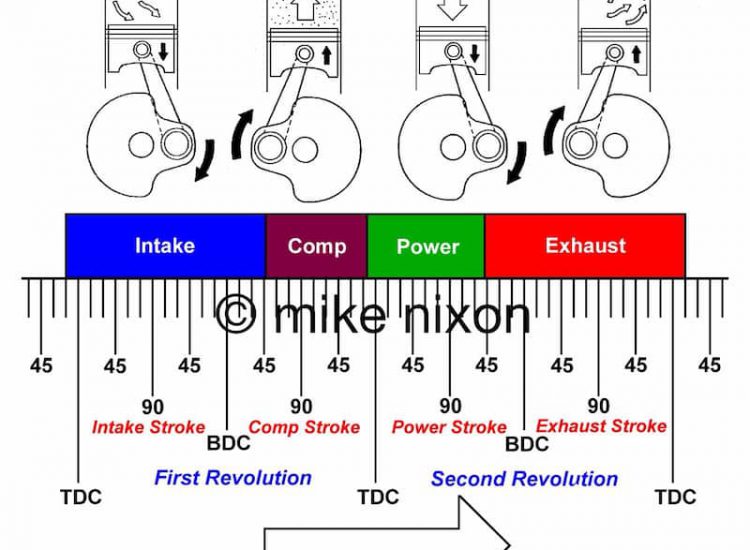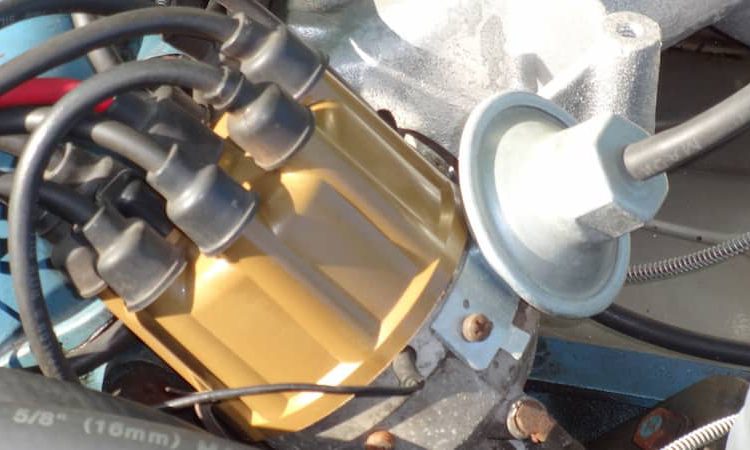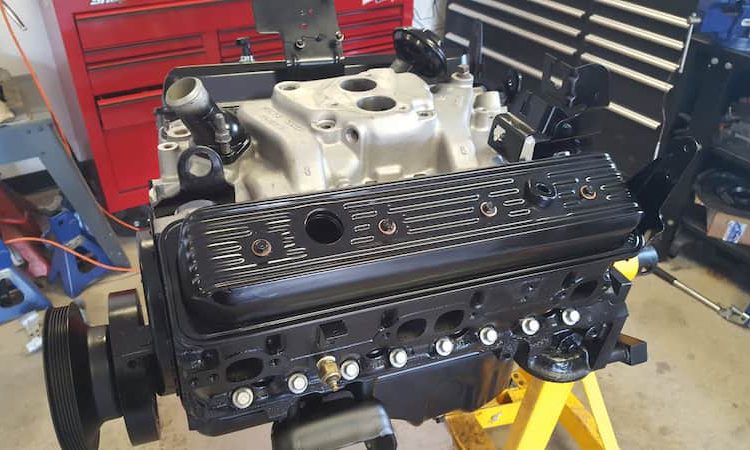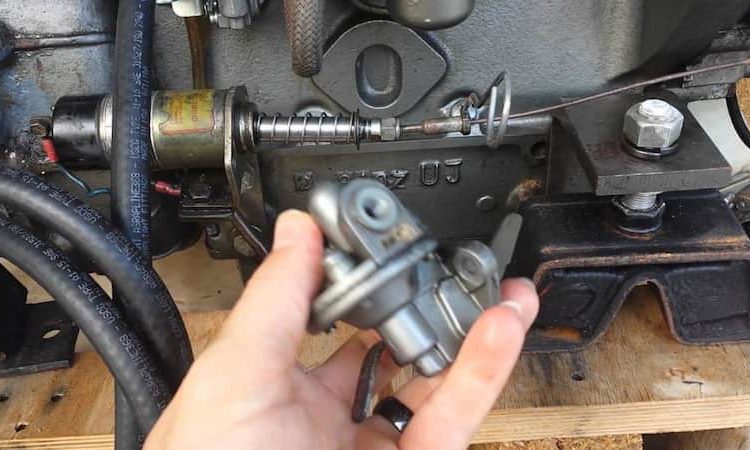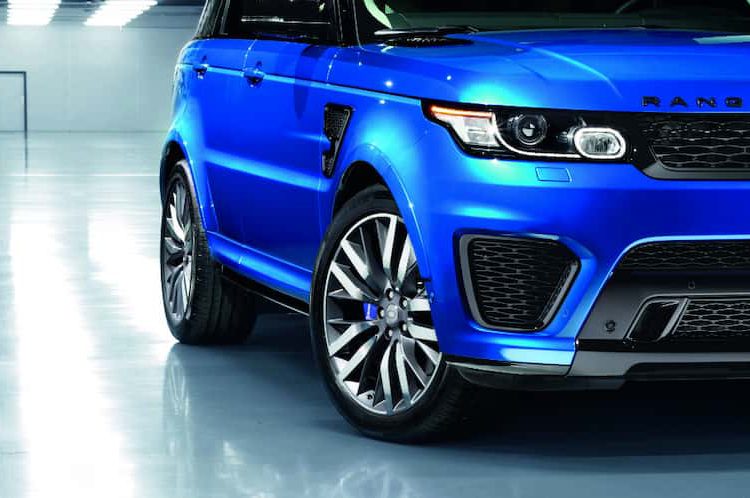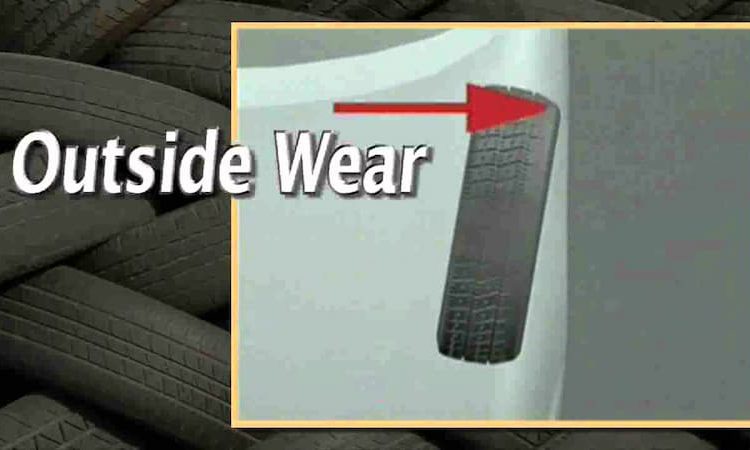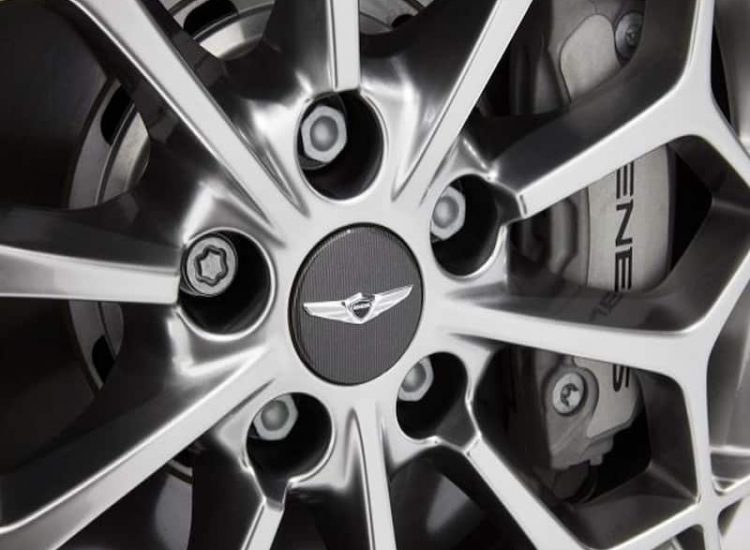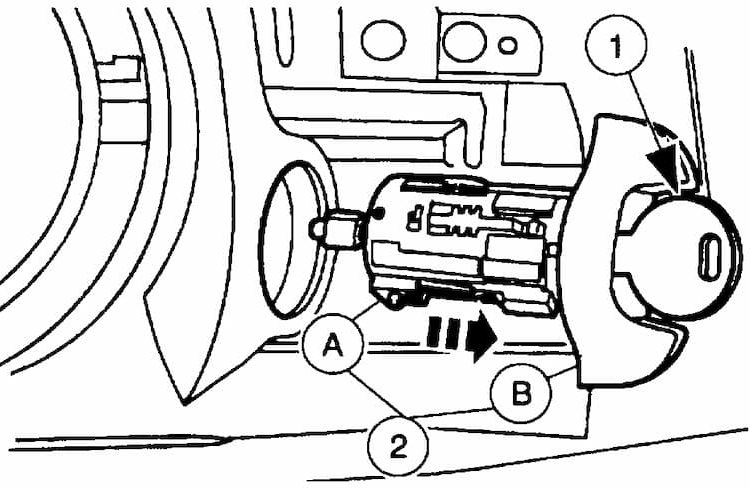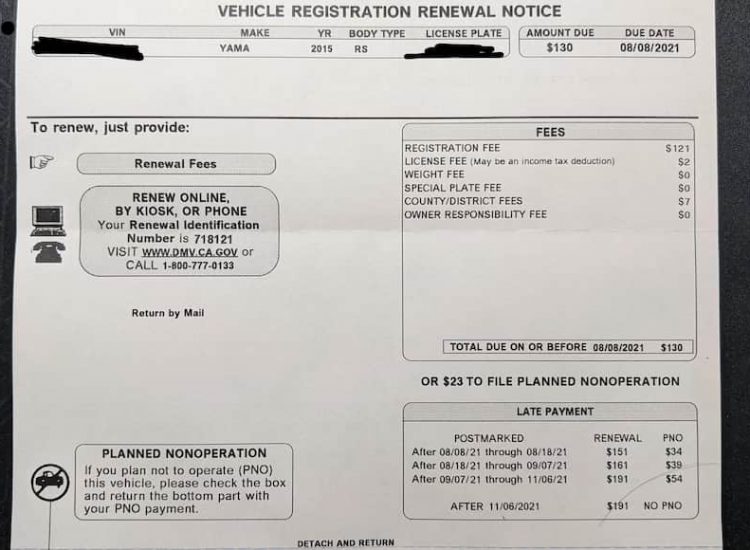Any unusual signs appearing on the car are also a foreshadowing of one or more negative problems that are about to happen with your vehicle. It is best to pay attention still to identify and fix issues as quickly as possible. So, why is my check engine light flashing and car shaking?
Toc
There is a high probability that vibration is only the first consequence of the failure of the vehicle inside, there will be many other problems that will arise from it, affecting the stability and safety of the car.
What Is Check Engine Light?

The Check Engine Light or Malfunction Indicator Light (MIL) is a specialized device to remind and inform the driver about the vehicle’s condition. The indicator light has a relatively simple structure with a small light bulb and sometimes parts to help make the sound.
Whenever the engine has a problem, the sensors inside the car will scan and send a signal from the protection system to the user through this small indicator light.
We all know that the engine light is also on the car’s dashboard, along with the odometer, temperature indicator, and many other types of signal lights. But fortunately, we do not need to spend too much effort to find the position of the check engine light because compared to other lights, the shape of this part is quite different.
Why Is My Check Engine Light Flashing And Car Shaking?
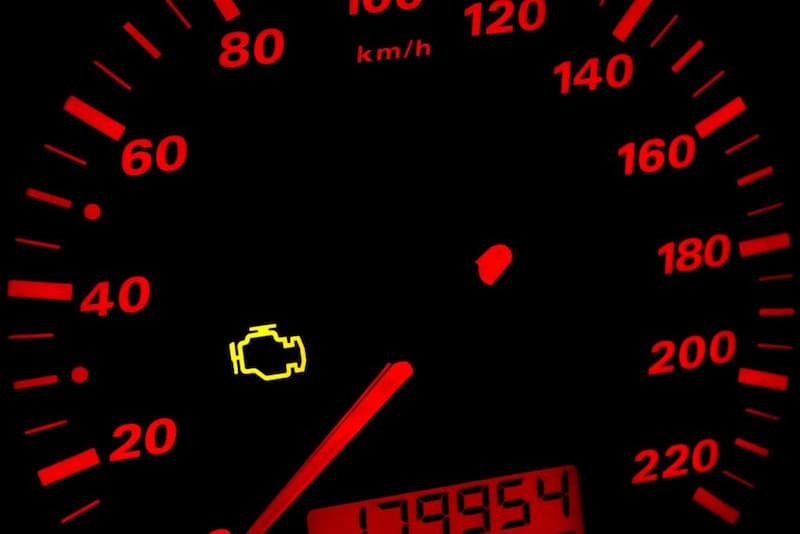
Usually, the check engine light notification only lasts and will automatically turn off. If the light keeps coming on or flashing, you need to check this unit. Or we can turn off this part entirely and then restore and disable the check engine light later.
If the check engine light is blinking, it is difficult to guess which part the problems are coming from because many errors can trigger the indicator light. However, if the flashing signal occurs along with the vehicle’s vibration, the damage is likely in the following locations.
Fuel filter clogged
A clogged fuel filter is one of the leading causes of vibration when the vehicle is in motion.
Usually, the fuel filter will filter the dirt inside the fuel to increase purity and then forward it to other areas to carry out the combustion process.
So in the case of filter problems, the amount of fuel will decrease, causing a lack of fuel pressure. If the fuel injector expects a certain amount of energy and doesn’t receive it, this will cause the cylinder to misbehave because the air-to-fuel ratio will be wrong.
And once the pressure is out of balance, the engine will also vibrate; the effects are low-pressure airflow. And this is what makes you feel. If your vehicle has a fuel pressure problem due to a bad fuel filter, the ECU will notice the problem and activate the check engine light.
Poor quality fuel injectors
Inefficient fuel injectors can cause the same problems as a clogged fuel filter.
Both modern and antique engines often use a direct injection technique to inject fuel into the engine cylinders.
And during this injection process, if there is a problem, the fuel flow will no longer be stable, leading to poor combustion efficiency and loss of inherent performance of the vehicle. Not only that, but tremors will also appear, or worse, you will have to prime manually using old pumps.
The amount of fuel injected at the injector is usually controlled by the ECU, so it’s not too strange that this part can respond to errors and flash the indicator light.
One or more ignition coils are defective.
Ignition coils are essentially mini transformers that generate high voltage currents that power spark plugs. With a significant role as the primary source of energy to ignite and ignite the fuel mixture, thereby generating energy, the failure of this part always causes many dangerous problems.
So if you try to start an engine that already has one or more faulty ignition coils, the machine could jerk, flicker, misfire, and even stall. In some cases, the engine may not even start at all.
If you notice any of these symptoms, it’s important to have your vehicle checked by a mechanic as soon as possible. Ignoring the issue can lead to further damage and potentially leave you stranded on the road.
In addition to ignition coils, spark plugs also play a crucial role in starting your engine. These small but powerful components create an electrical arc that ignites the fuel mixture in the combustion chamber. Over time, spark plugs can become worn or fouled with deposits from fuel additives and other contaminants.
Frequently Asked Questions(FAQ’s)
Is this sign safe?
The answer is always no because it is never safe to drive a vehicle with problems. Whether a slight problem like Water Leaking into the car from the roof or as big as a car vibrating when operating, it can have significant consequences if no appropriate measures are taken.
Can I Drive My Car With The Check Engine Light Blinking?
In fact, you can still move if the problems are not too serious. But as mentioned above, moving in this condition is quite dangerous, and you should not be reckless.
Why Does My Car Shake When I Press The Gas Pedal?
There are many reasons for this phenomenon. When you press the gas pedal, the car accelerates, which amplifies any small vibrations or shakes, making them much more noticeable.
The most common reason your car vibrates when you press the accelerator is an engine problem.
It could be due to a lack of fuel causing an engine fire or a problem with spark plugs.
How Long Can You Drive With A Misfire?
You should not drive a car if you suspect that the engine has caught fire. Because it is as reckless as when we repair under the car without a lift.
Conclusion
Check engine light flashing, and car shaking are not typical signs if you experience them while operating your vehicle. So hopefully, today’s article has helped you have a more correct and comprehensive view of the problems that these two signs warn us about. It’s essential to pay attention to these signs and take action as soon as possible to avoid further damage to your car. Remember, regular maintenance and timely repairs can save you from costly repairs in the long run. And if you ever experience any of these warning signs, don’t hesitate to consult a mechanic for a thorough inspection and diagnosis. Your safety on the road should always be a top priority. Stay safe out there!
